
What is That Red Bottle? Caries Detector Dye!
Caries detector dye (CDD) was pioneered nearly 40 years ago by researcher Takao Fusayama at Tokyo Medical and Dental University. Today it is rarely seen in dental practices, but commonly used in dental schools as “training wheels” for students learning to treat caries. At the Alleman Center, we consider CDD essential for every restoration because it allows caries treatment to be consistent between different patients and different doctors. Without consistent caries treatment, you can’t have predictable dental outcomes.

Tips for Overcoming Your Fear of Going to the Dentist
One of the most potent tools in dentistry is a bi-annual cleaning and exam that offers preventative care and can reduce the need for more invasive dental treatment. Catching dental concerns in their early stage gives patients options for more conservative treatment and better outcomes. Still, this preventative care and early intervention may be unavailable for patients who avoid dental treatment for any reason. While extreme cases of dentist fear do exist and may require professional help, here is how we at the Alleman Center work to put our patients at ease for routine visits and restorative care.

The History of Biomimetic Dentistry
The term “biomimetic dentistry” was adopted when Dr. David Alleman, Dr. Ray Bertolotti and Dr. Pascal Magne discussed how to describe the dental advancements they had been researching in the 1990’s and 2000’s. These advancements yielded results so superior to standard industry techniques that they needed to be differentiated. Previously described as “advanced adhesive dentistry” and “tooth conserving dentistry,” Drs. Alleman, Bertolotti and Magne decided on the term from Dr. Magne’s 2002 book, Bonded Porcelain Restorations in the Anterior Dentition: biomimetic.
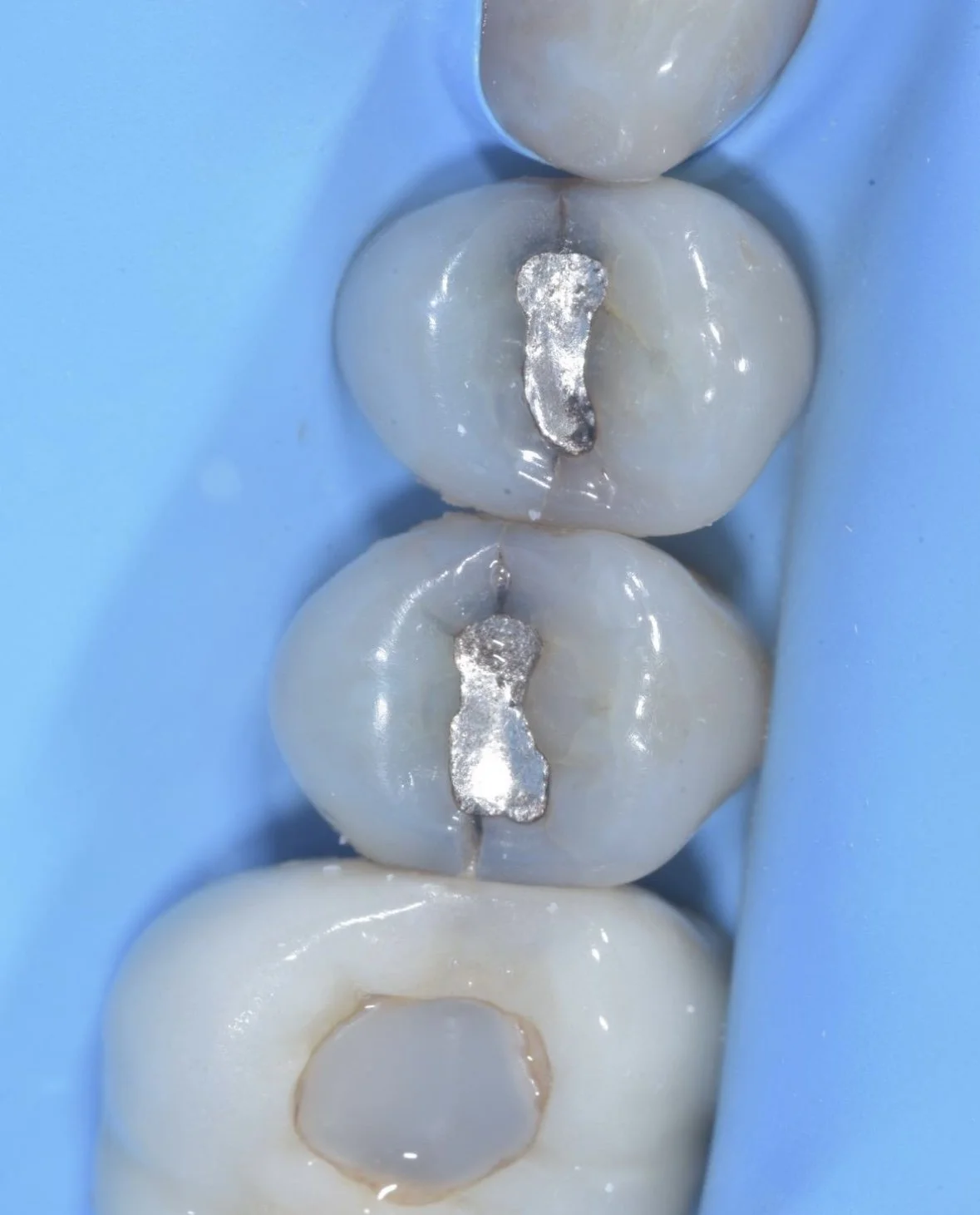
1-2-3-4 Risk Assessment: How We Biomimetically Assess Your Teeth
Should I have my traditional dental restoration replaced with a biomimetic restoration?
This is a common question we hear at the Alleman Center. Preventative treatment can save you time, discomfort and money down the road, and thankfully we have tools in biomimetic dentistry to help patients learn more about the risks existing restorations pose to their teeth.
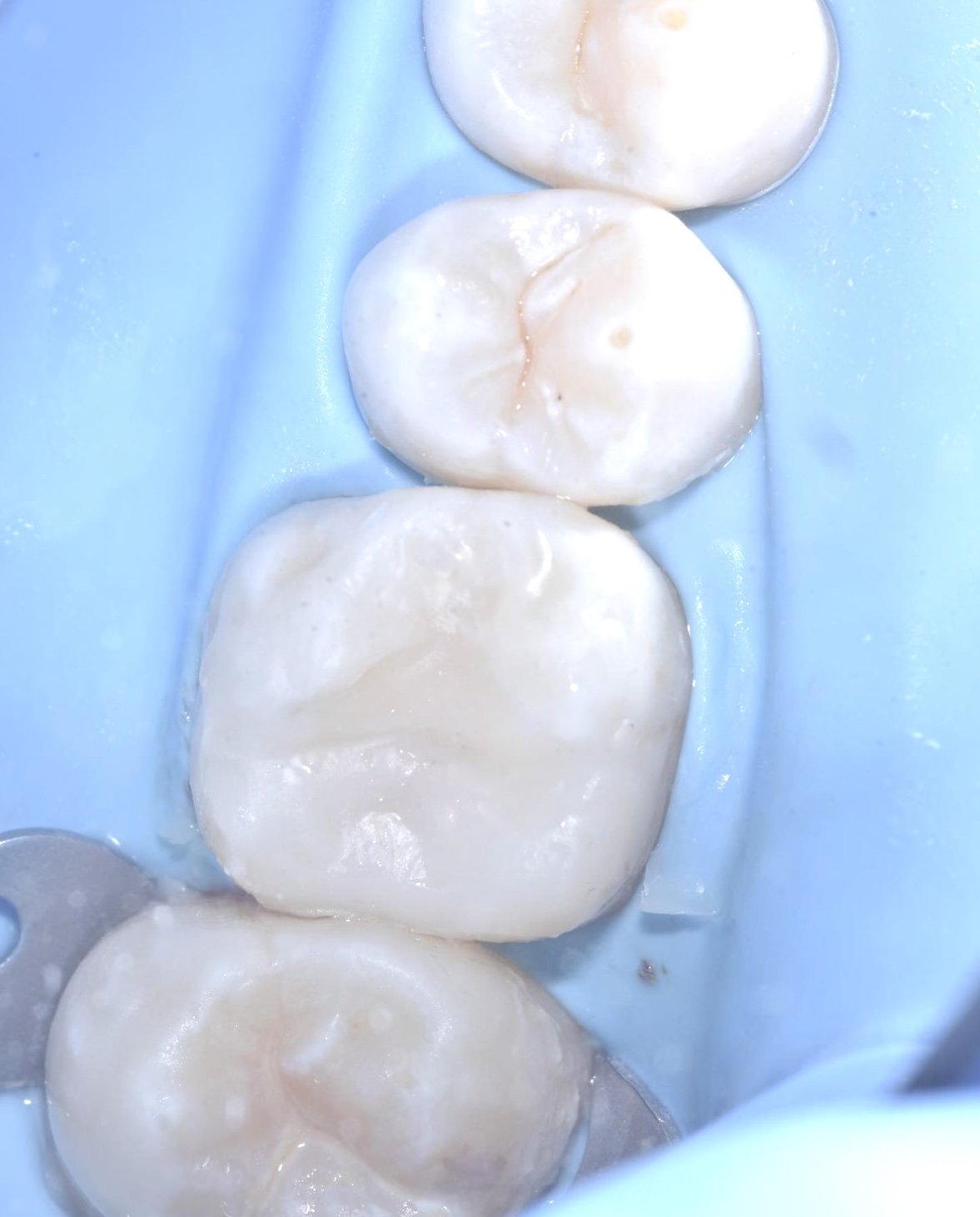
Post-Operative Sensitivity and How to Avoid It
Too often, patients around the world have a tooth treated only to experience continuing discomfort or symptoms that don’t get resolved. In some cases the treatment may make the symptoms feel worse. While traditional guidance recommends that patients wait a few weeks after having dental work to see if post operative pain subsides, biomimetic restorative dentistry provides a better solution.

Is Biomimetic Dentistry Worth it For Patients?
You have taken the time to learn more about biomimetic dentistry, but you may still wonder if it’s really worth it for you as a patient. Here are some points we discuss with patients who reach out to our office.

Stopping the Cycle of Death
Did you know that teeth are alive? Each of your teeth has its own blood supply through a nerve, which also keeps the tooth hydrated and healthy. With the help of this nerve, natural teeth are resistant to decay and cracks, but sometimes no matter how well you brush and floss, teeth can still be at risk of these pathologies. If the nerve is unable to fight off an infection or a crack penetrates the root of a tooth, the nerve dies.

Common Dental Concerns - And How Your Dentist Can Help!
If you have a question or concern about your dental health, the first thing you should do is contact your dentist. We are here to help! While we approach every case based on that patient’s individual needs, listed below are some of the questions we frequently hear.
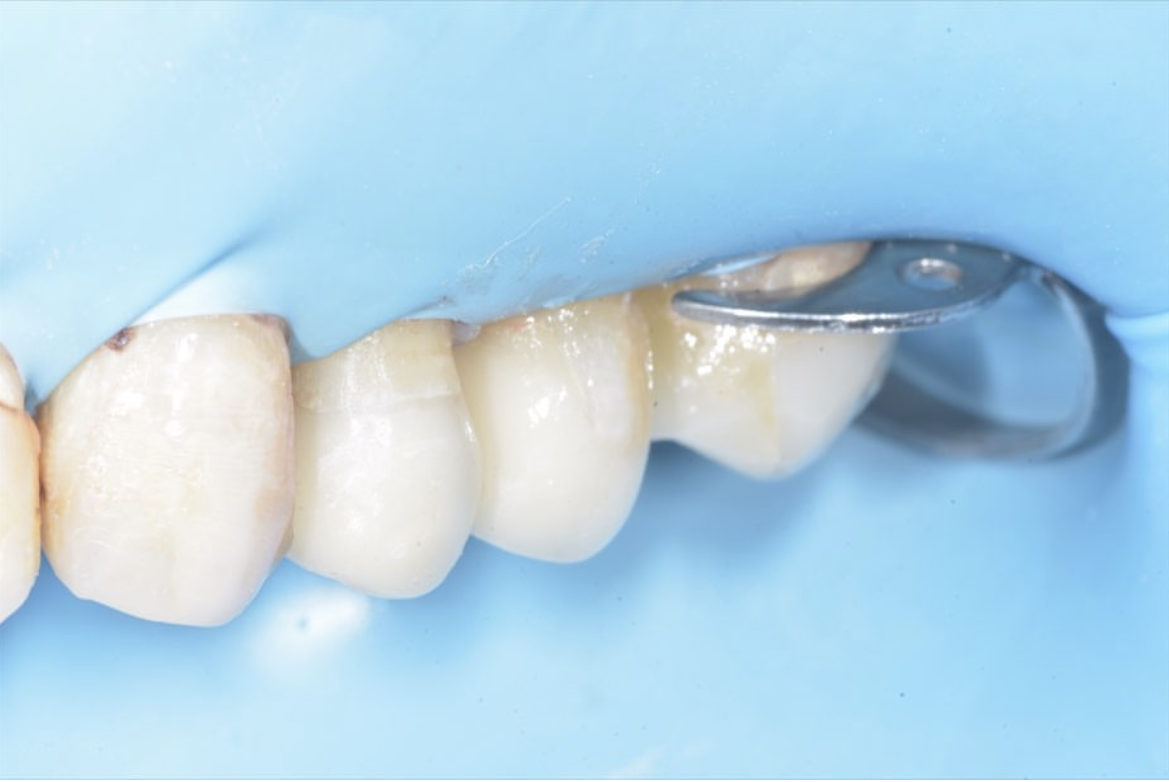
Your Tooth is Only as Strong as Its Bond
One of the foundational components of biomimetic dentistry is the emphasis on bond strength. When a restoration is properly bonded, it ensures that the restorative materials and your natural tooth can work as a team.

Dental Hygiene Recommendations From Your Dentist
We recommend products that are shown to be the best based on research studies, not because we are paid or have received items for free. In some cases similar products are available, so please see our comments to help you find the best products for your dental health.
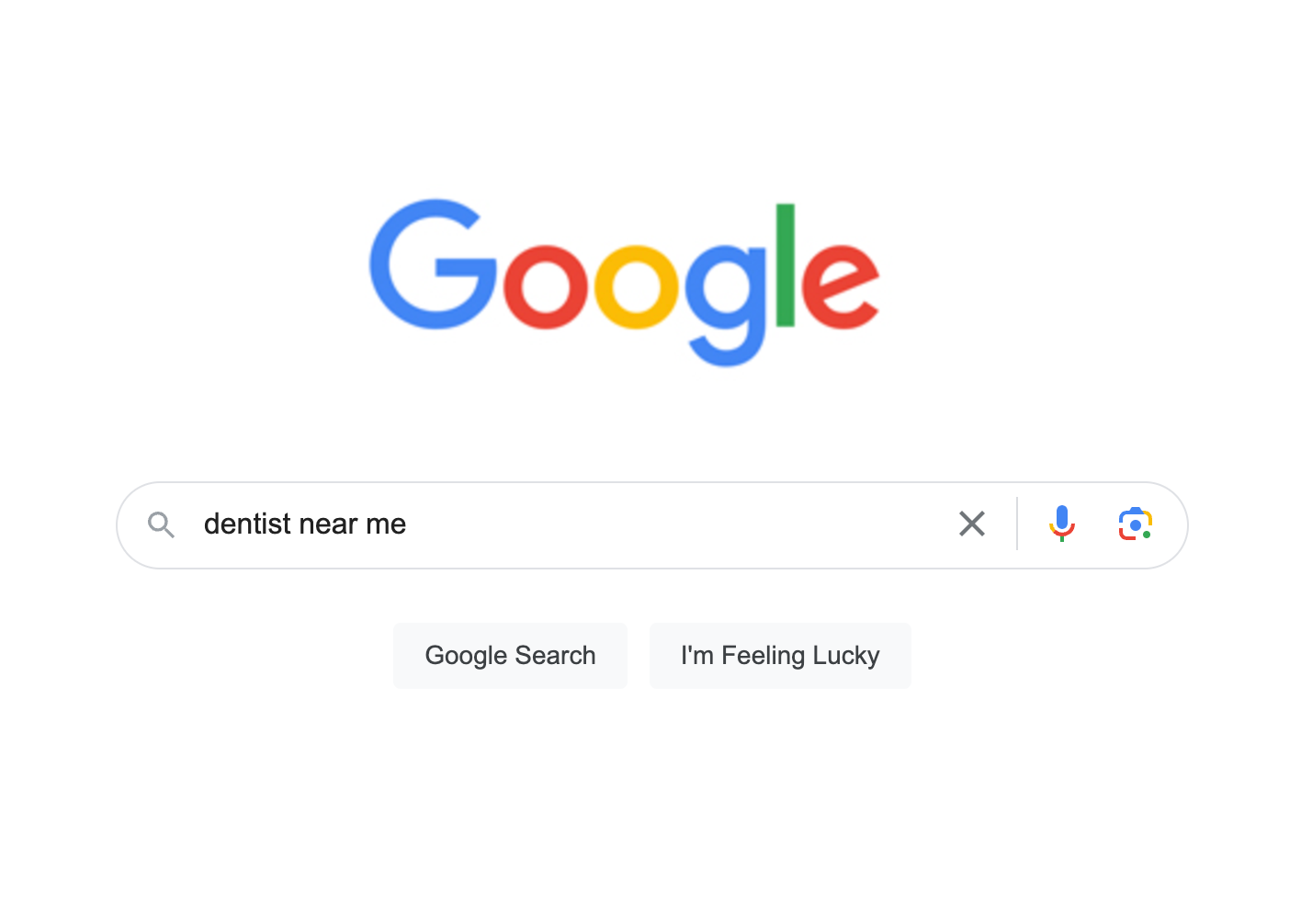
How to Choose Your Dentist
What should you look for when finding a dentist? Services offered, accepts your insurance, near where you live… as a patient, the many options when choosing a dentist can be overwhelming, so here are a few things to look for beyond Googling, “Dentist near me.”
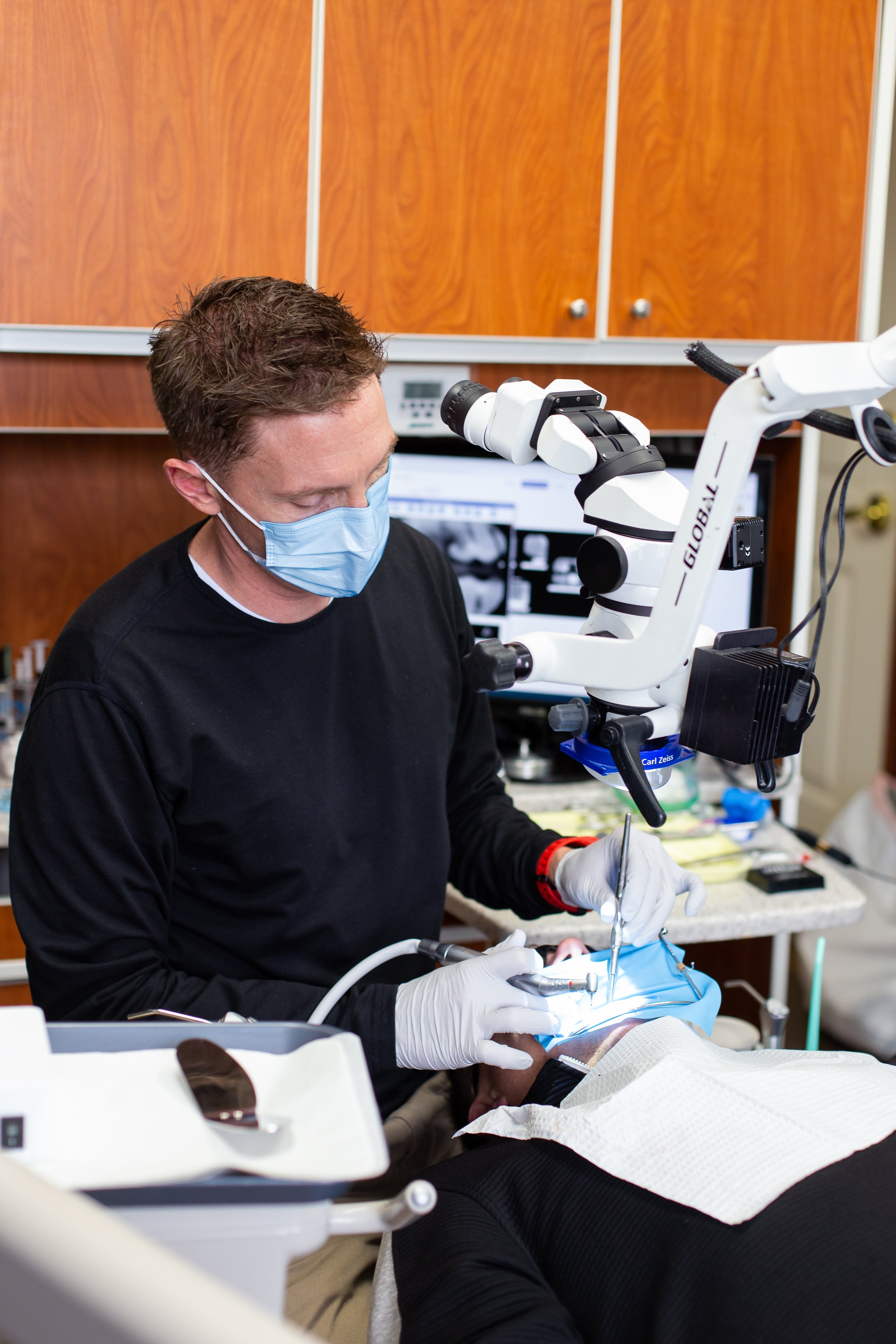
Why We Don’t Offer Traditional Fillings or Crowns
You want your dentist to offer you the best options for your oral health. Traditional fillings and crowns are no longer that best option. Thanks to research from the past forty years, patients now have biomimetic dentistry and are enjoying the difference that makes for their long-term health. Let’s break it down.

Appreciate Your Teeth!
Teeth are living parts of our bodies that should be appreciated, but they are easily taken for granted — until a toothache comes along. Just like eyes, fingers, ears and other parts of your body, they are resilient and adaptive and able to perform amazing tasks. But we’re here to appreciate our teeth because we haven’t seen any fingers that can chew an almond as well as they can.

Meet Your Dentist, Dr. Davey Alleman, DMD
You and your dentist may have a lot more in common than you think. Born and raised in the Salt Lake Valley, Dr. Davey Alleman returned to practice in Provo after serving with the United State Army Dental Corps in Seoul, South Korea and Tucson, Arizona.